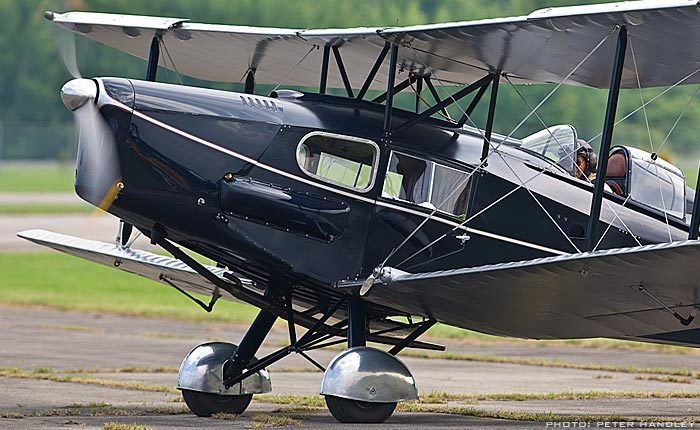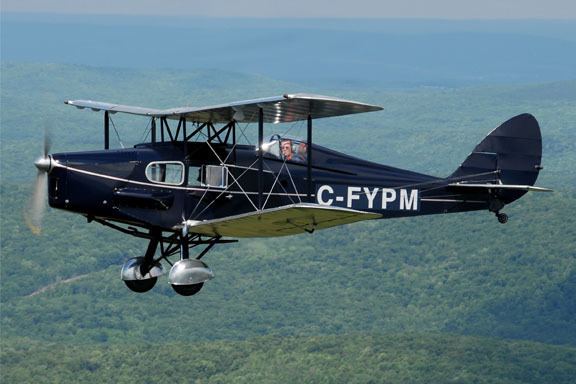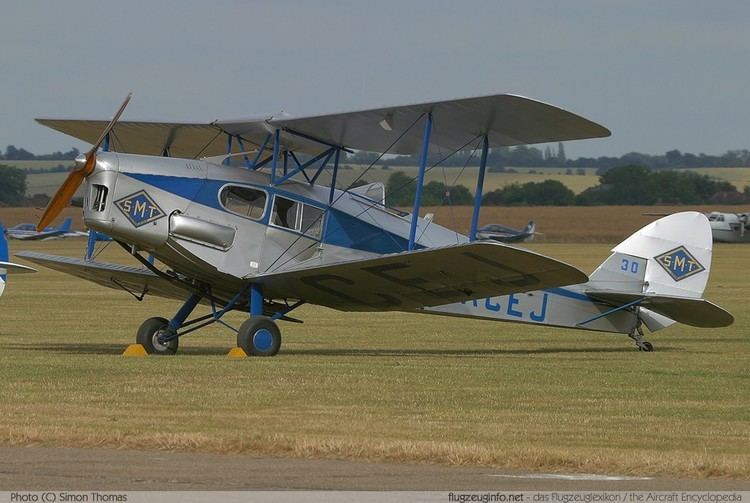Top speed 171 km/h Length 7.85 m First flight March 1932 Designer Arthur Ernest Hagg | Wingspan 9.42 m Introduced 1932 | |
 | ||
Large scale electric de havilland fox moth
The DH.83 Fox Moth was a successful small biplane passenger aircraft from the 1930s powered by a single de Havilland Gipsy Major I inline inverted engine, manufactured by the de Havilland Aircraft Company.
Contents
- Large scale electric de havilland fox moth
- De havilland fox moth airplane type
- Operational history
- Variants
- Survivors
- Operators
- Specifications DH83
- References

The aircraft was designed late in 1931 as a low cost and economical light passenger aircraft. Many components including the engine, tailplane, fin, rudder and wings were identical to those being used for the de Havilland DH.82 Tiger Moth then being built in large quantities as a military trainer. These were fitted to the purpose-built wooden, plywood-covered fuselage (longerons: ash forward of the pilot, aft Sitka spruce). The pilot sat in a raised cockpit behind the small enclosed passenger cabin, which was usually fitted with three seats for short-range hops. The "Speed Model" was fitted with a canopy and fairing. The wings folded for space saving storage.

De havilland fox moth airplane type
Operational history

The prototype first flew on 29 January 1932, and was sent to Canada gaining sufficient interest that seven were assembled at the company's Toronto plant. "Home" based production was shared evenly between sales within the United Kingdom and exports, with 49 aircraft each going onto the British register and being sent overseas. British-based aircraft were mostly used on short-haul joyrides or as feeder flights around the British Isles. The DH.83 Fox Moth was the first aircraft to earn a profit in commercial airline service without subsidies.

Fox Moth VH-UQM Miss Currie was purchased by Victor Holyman for £1,450 and began operating over the 108-mile route over south-eastern Bass Strait between Launceston, Tasmania and Whitemark on Flinders Island in October 1932. It was thus the inaugural aircraft of what was to later become Australian National Airways. QANTAS used Fox Moths to replace de Havilland DH.50s on the Flying Doctor Service.

Total production of the DH.83/DHC.83C Fox Moth was 153, being 98 in England, two in Australia and 53 in Canada after WWII. A number of different engines were used, including the 130 hp (97 kW) Gipsy IIIA on most British-built aircraft and the 145 hp (108 kW) Gipsy Major 1C on the 53 postwar DH.83C Canadian-built aircraft. The DHC-83Cs were fitted with larger pilot cockpit openings, a larger windscreen and canopy, a large ambulance cabin door on the port side to accommodate a stretcher, and did not have folding wings. The DH.83C used DH.82 Tiger Moth main and tail landing gear. The DH.83C was an excellent and economical bush plane.
Variants

Survivors
Operators
Specifications (DH.83)
Data from De Havilland Aircraft since 1909
General characteristics
Performance
